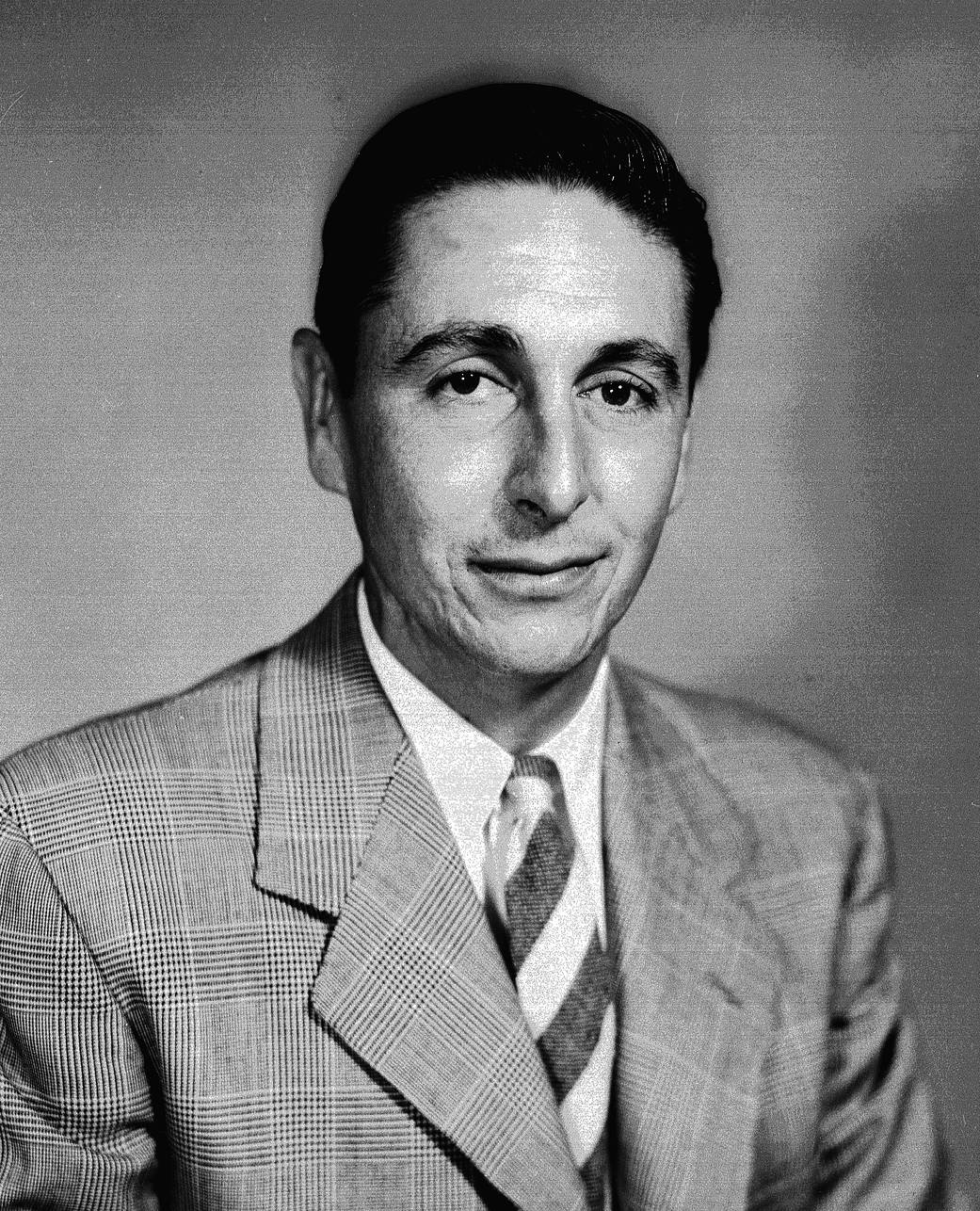Albert S. CrossfieldE-1455
Scott Crossfield joined the National Advisory Committee for Aeronautics (NACA – the predecessor of the National Aeronautics and Space Administration or NASA) at its High-Speed Flight Research Station, Edwards, CA, as a research pilot in June, 1950. During the next five years, he flew the X-1, X-4, X-5, XF-92A, and D-558-I and -II aircraft, accumulating 87 rocket flights in the X-1 and D-558-II aircraft, plus 12 flights in the latter aircraft employing only jet power.
He made aeronautical history on November 20, 1953, when he reached the aviation milestone of Mach 2 (twice the speed of sound) or more than 1,320 miles per hour in the D-558-II Skyrocket. Taken aloft in the supersonic, swept-wing research aircraft by a Boeing P2B Superfortress “mother ship” (the Navy designation of the B-29), he dropped clear of the bomber at 32,000 feet and climbed to 72,000 feet before diving to 62,000 feet where he became the first pilot to fly more than twice the speed of sound. His flight was part of a carefully planned program of flight research with the Skyrocket that featured incremental increases in speed while the NACA instrumentation recorded the flight data at each increment.
Responsible for many of the operational and safety features incorporated into the X-15, Crossfield guided the rocket-powered airplane on its first free flight in 1959 and subsequently qualified the first two X-15s for flight before North American turned them over to NASA and the U.S. Air Force. He flew the two aircraft a total of 14 times (not counting 16 captive flights), reaching a maximum speed of Mach 2.97 (1,960 miles per hour) and a maximum altitude of 88,116 feet.
Crossfield also served for five years as system director responsible for systems test, reliability engineering, and quality assurance for North American Aviation on the Hound Dog missile, Paraglider, Apollo Command and Service Module, and the Saturn V second stage. From 1966 to 1967 he served as technical director, Research Engineering and Test at North American Aviation.
Crossfield was an executive for Eastern Airlines from 1967 to 1973. From 1974 to 1975, he was senior vice president for Hawker Siddley Aviation, setting up its U.S. subsidiary for design, support, and marketing of the HS-146 transport in North America. From 1977 until his retirement in 1993, he was a technical consultant to the House Committee on Science and Technology, advising committee members on matters relating to civil aviation. Upon his retirement in 1983, NASA Administrator Daniel S. Goldin awarded him the NASA Distinguished Public Service Medal for his contributions to aeronautics and aviation over a period spanning half a century.
In 2002-2003, Crossfield served as technical adviser for the Countdown to Kitty Hawk project, which successfully built and flew an exact reproduction of the 1903 Wright Flyer, as well as several of the Wright brothers’ earlier gliders. That project culminated with the airplane’s presence at the national Centennial of Flight celebration at Kitty Hawk in December 2003.
Commissioned an ensign in 1943 following flight training, he served as a fighter and gunnery instructor and maintenance officer before spending six months overseas without seeing combat duty. While in the Navy he flew the F6F and F4U fighters, as well as SNJ trainers, and a variety of other aircraft.
He resumed his engineering studies in 1946 and graduated with a bachelor of science degree in aeronautical engineering from the University of Washington in 1949. He earned a masters in aeronautical science the following year from the same university and received an honorary doctor of science degree from the Florida Institute of Technology in 1982.1954NASA Photo / › Pilots Description
3 min read

























